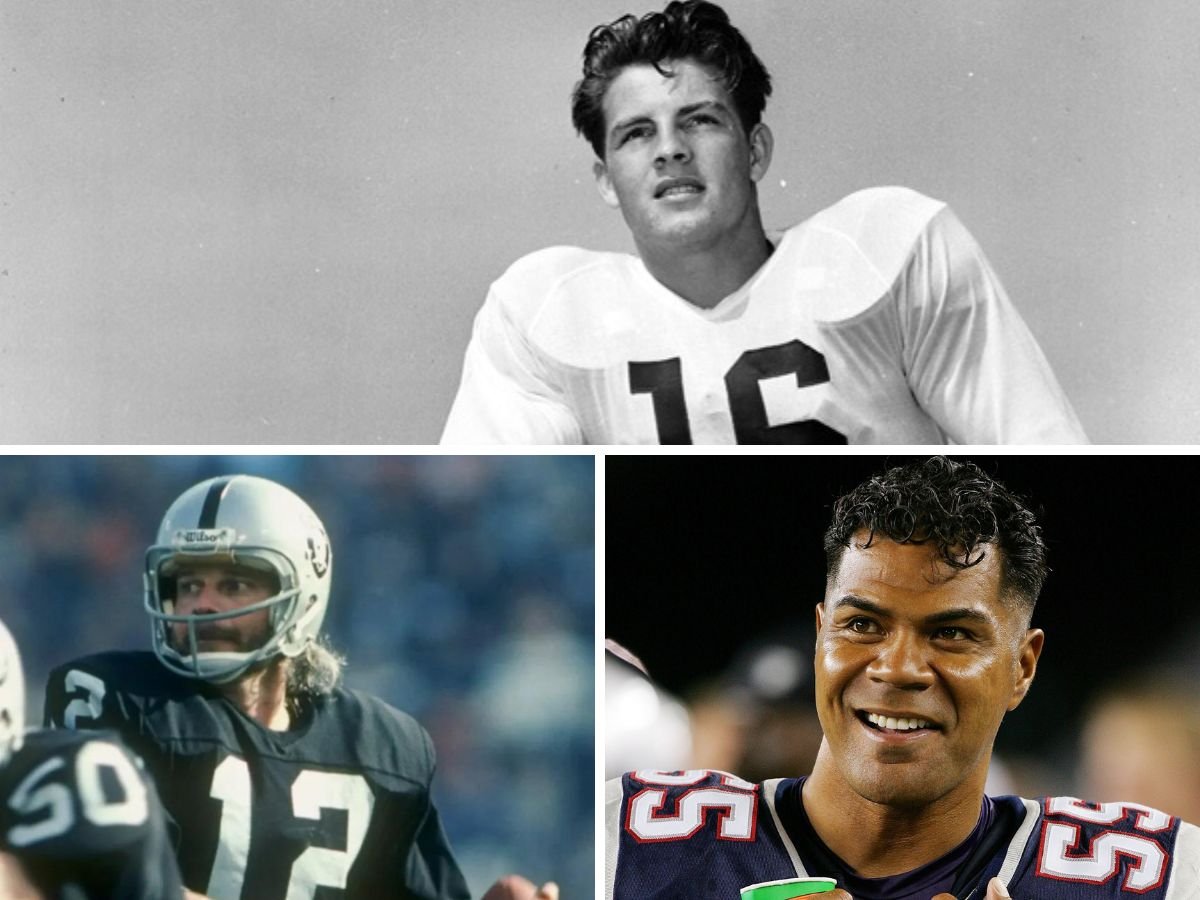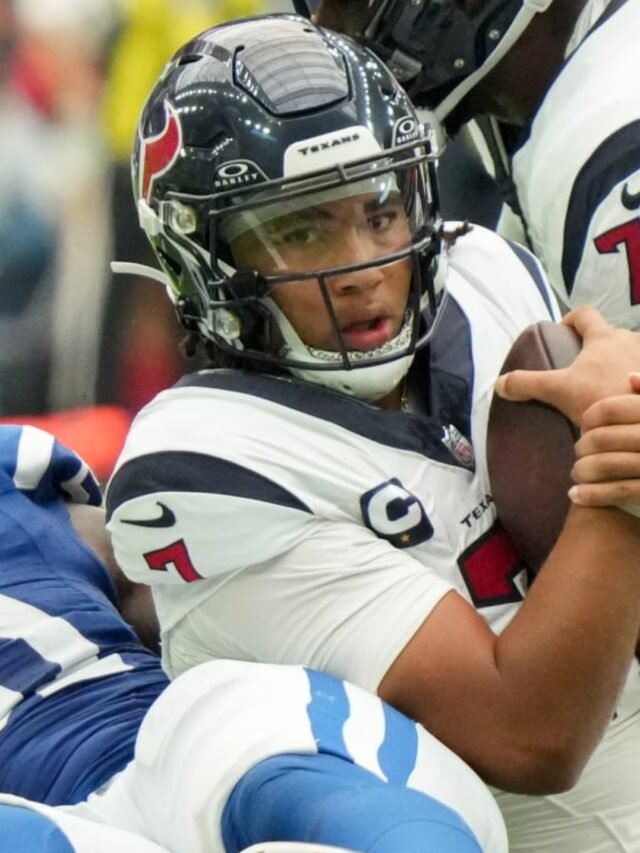Chronic Traumatic Encephalopathy (CTE) has become a critical issue in the context of NFL players, revealing concerning trends and necessitating a deeper understanding of its implications.
Understanding CTE
CTE is a progressive, degenerative brain disease primarily seen in individuals with a history of repetitive brain trauma, including athletes involved in contact sports like American football. This condition is characterized by the buildup of tau protein, which can lead to brain cell death and a variety of clinical symptoms.
The Prevalence of CTE Among NFL Players
Recent research has brought to light the startling prevalence of CTE among former NFL players. A groundbreaking study by the Boston University CTE Center reported that out of 376 former NFL players whose brains were examined post-mortem, a staggering 345 were diagnosed with CTE. This equates to approximately 91.7% of the studied group, a rate significantly higher than that observed in the general population.
For perspective, a similar study conducted by Boston University in 2018 examined 164 brains from the general population, including men and women who participated in the Framingham Heart Study. Only one of these brains, belonging to a former college football player, showed signs of CTE, translating to a prevalence rate of just 0.6%. These findings highlight the stark contrast in CTE prevalence between the general population and individuals exposed to the repetitive head trauma common in NFL players.
It’s important to note, however, that these findings should not be interpreted as indicative of the prevalence of CTE among all current and former NFL players. The brains studied were donated for research purposes, often because symptoms of CTE were suspected, which could introduce a selection bias. Nonetheless, the high rate of CTE in this sample is alarming and underscores the significant risk posed by repetitive head impacts in professional football.
Risk Factors and Symptoms of CTE
CTE is primarily associated with repetitive head trauma. Even sub-concussive hits, which do not cause immediate symptoms of a concussion, can contribute to the development of CTE over time. The disease typically manifests in a variety of symptoms, including cognitive impairment, mood disturbances, behavioral changes, and motor abnormalities. As the disease progresses, these symptoms can worsen, leading to severe impairment and affecting the quality of life of the affected individuals and their families.
Personal Stories and Impact on Families
The impact of CTE extends beyond the players to their families and communities. Personal stories, like that of former Philadelphia Eagles quarterback Rick Arrington, shed light on the human cost of the disease. His daughter, Jill Arrington, spoke about the pain of seeing her father suffer from CTE, highlighting the personal toll this condition takes on families.
Historical Context of CTE in the NFL
Early Recognition and Research
CTE was first identified in boxers in the 1920s, known then as “punch drunk” syndrome. It wasn’t until much later, in the early 2000s, that the medical community began to recognize and study CTE in the context of American football. The early 21st century saw a growing body of research connecting repetitive head trauma in football to long-term brain damage.
Increasing Awareness
The public and medical awareness of CTE increased significantly with the identification of the disease in former NFL players. Studies like the one by Boston University in 2017 found CTE in 99% of studied brains of former NFL players, 91% of college football players, and 21% of high school football players. This study, published in the Journal of the American Medical Association, was a landmark in understanding the scope of CTE in football.
Read: NFL Players with Criminal Records: History, Recent Cases and NFL’s Response
Notable NFL Players Diagnosed with CTE
Frank Gifford
Frank Gifford, a Hall of Fame player for the New York Giants, was diagnosed with CTE posthumously in 2015. His family revealed the diagnosis, hoping to contribute positively to the ongoing conversation about CTE. Gifford’s case was significant due to his status in the sport and the attention it brought to CTE in NFL players.
Ken Stabler
Ken Stabler, a quarterback known for his time with the Oakland Raiders, was diagnosed with CTE after his death in 2015. Stabler’s case broadened awareness of CTE risks beyond traditionally high-impact positions, highlighting that quarterbacks, despite protections against aggressive tackles, are also at risk.
Junior Seau
Junior Seau, a celebrated linebacker, died by suicide in 2012, two years after retiring from the NFL. A posthumous examination of his brain revealed CTE, bringing significant attention to the mental health implications of the disease. Seau’s case was pivotal in sparking a conversation about the long-term consequences of head injuries in the NFL.
Understanding CTE Symptoms and Stages
Symptoms of CTE
Chronic Traumatic Encephalopathy (CTE) manifests through a variety of symptoms that can affect cognitive functions, mood, behavior, and motor abilities. The early stages might include mild short-term memory loss and depressive symptoms. As the condition progresses, individuals may experience severe mood swings, behavioral outbursts, and cognitive impairments. The most advanced stages of CTE can lead to severe memory loss, poor spatial awareness, loss of motor skills, speech difficulties, and profound psychiatric symptoms.
Stages of CTE
CTE is categorized into four stages, with each stage marked by an increasing severity of symptoms:
- Stage 1: Characterized by mild short-term memory loss and depressive symptoms.
- Stage 2: Includes severe depressive symptoms and behavioral changes.
- Stage 3: Marked by more pronounced memory loss and cognitive impairments.
- Stage 4: The most severe stage, where individuals may experience significant motor skill impairment, speech difficulties, and severe psychiatric symptoms.
Read: Can NFL Players Take Adderall? All You Need to Know on This Topic
The NFL’s Role and Response to the CTE Problem
Historical Lawsuits and Settlements
The NFL has been embroiled in several head injury lawsuits over the years. In 2015, the league agreed to a $1 billion settlement plan to compensate former players who suffered from brain trauma. This settlement underscored the growing legal and ethical implications of head injuries in the sport.
Initiatives and Prevention Measures
In response to growing concerns about head injuries, NFL Commissioner Roger Goodell announced the launch of a $100 million initiative in 2016 titled ‘Play Smart. Play Safe.’ This program aimed to enhance medical protocols and improve the safety of the game. However, despite these efforts, the effectiveness of such protocols in preventing brain damage has been questioned, highlighting the need for more robust and proactive measures.
Current Challenges and Criticisms
Despite the NFL’s efforts, the ongoing occurrence of CTE cases among former players indicates that current measures might not be sufficient. Critics argue that more needs to be done in terms of rule changes, player education, and the development of safer equipment. The NFL’s role in addressing these challenges is critical, given the sport’s influence and the high risks associated with it.
The Bottom Line
The complex interplay of CTE symptoms, its progressive stages, and the NFL’s evolving response highlights the multifaceted nature of this issue. As research continues to shed light on CTE, it is crucial for sporting bodies, medical professionals, and the broader community to work together to mitigate the risks and provide better support for those affected. The NFL, as a prominent organization in contact sports, has a significant role to play in leading these efforts.







